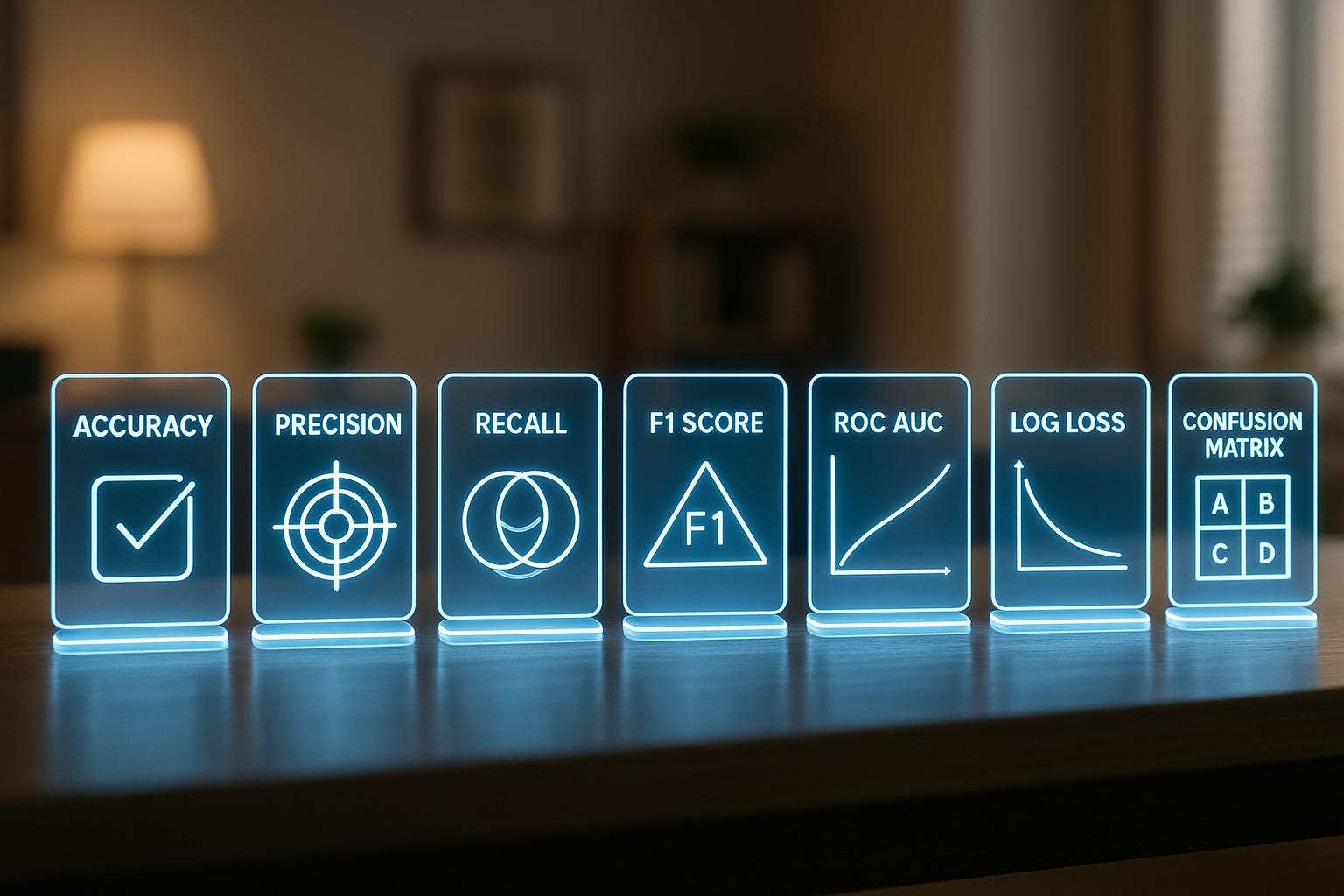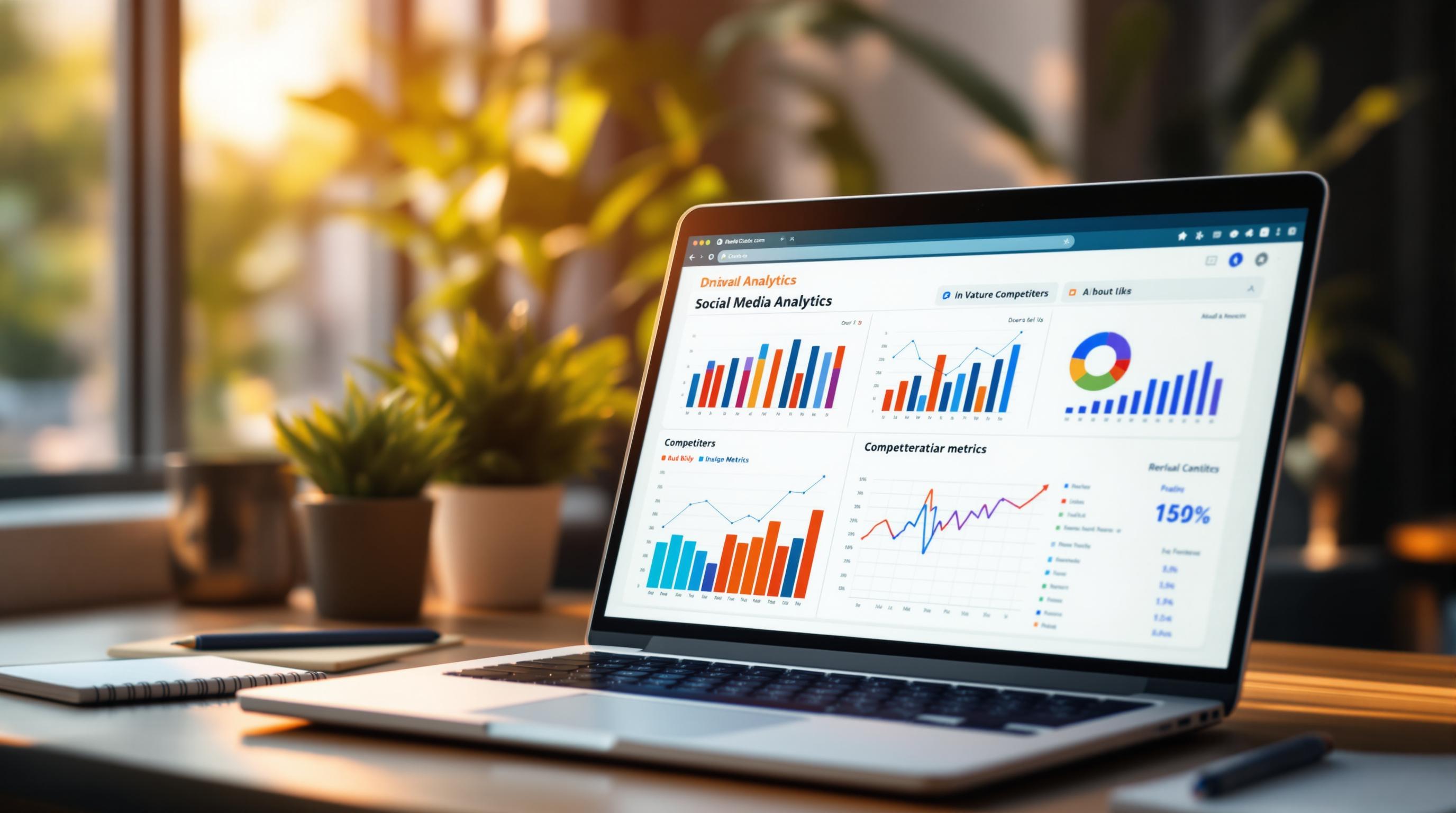Cross-border data compliance is complex, with global regulations like GDPR, CCPA, and PIPEDA constantly evolving. Failing to comply can lead to fines, security risks, and operational disruptions. AI simplifies this process by automating tasks, monitoring data flows, and ensuring adherence to laws.
Key Benefits of AI for Compliance:
- Automated Compliance: Tracks regulatory updates and adjusts protocols.
- Enhanced Security: Uses encryption, real-time monitoring, and blockchain for tamper-proof records.
- Cost Efficiency: Reduces manual work, saving time and resources.
AI tools also help small businesses by offering affordable solutions for data classification, threat detection, and regulatory updates. Combining AI with blockchain strengthens data protection and transparency, making compliance easier and more secure.
Data Mapping Automation for Privacy Compliance and Data Governance
Challenges in Cross-Border Data Compliance
Managing data across international borders can be tricky for businesses. With global regulations constantly changing and security threats on the rise, companies must tread carefully.
Understanding Global Data Privacy Laws
International data privacy regulations are anything but simple. Laws like GDPR in the EU, CCPA in California, and PIPEDA in Canada each have unique - and sometimes conflicting - rules. This forces businesses to tailor their data handling practices to meet specific regional demands. High-profile fines against major tech companies underscore just how crucial compliance is.
But it’s not just about following the law. Companies also face serious security challenges when transferring data across borders.
Security Risks in Cross-Border Data Transfers
Moving data across borders comes with risks. Multiple transfer points, outdated encryption methods, and human errors - like misconfigurations or accidental exposure - can leave sensitive data vulnerable. To combat these threats, many businesses are turning to tools like blockchain for tamper-proof audit trails. AI is also playing a growing role, helping automate compliance checks and adjust data systems to keep up with changing regulations [2].
How AI Simplifies Cross-Border Data Compliance
Handling global regulations and ensuring secure data transfers can be a headache for businesses. AI steps in to ease this burden by automating compliance processes, allowing companies to concentrate on expanding their operations.
AI for Data Classification and Monitoring
AI tools are excellent at identifying and sorting sensitive data during international transfers. These systems scan data flows constantly, flagging potential compliance risks as they arise. They also stay updated with changes in regulations, adjusting compliance protocols automatically to keep businesses aligned with the latest rules.
Blockchain's Role in Secure Data Transfers
When paired with blockchain, AI ensures secure data transfers by leveraging features like permanent audit trails and automated compliance through smart contracts [2]. Together, they offer:
- Decentralized data access control
- Tamper-proof records
- Automated compliance enforcement
- Advanced encryption for added security
This combination provides practical solutions that even small and medium-sized enterprises (SMEs) can adopt to protect their data.
Tools and Insights for Small Businesses
SMEs can benefit from platforms like AI for Businesses, which provide tools to simplify compliance while bolstering data security.
"AI can transform the management and security of cross-border data transfers by automating and optimizing privacy protections." - Vishal Kumar Sharma, Senior Project Engineer of AI Research Centre, Woxsen University, India [2]
For instance, AI-powered systems can detect unusual patterns in data transfers and instantly notify the appropriate team, helping prevent compliance violations before they escalate [1][2].
sbb-itb-bec6a7e
Steps to Use AI for Cross-Border Data Compliance
Assess and Integrate AI for Compliance
Begin by thoroughly evaluating your data management systems. Identify the types of data you handle and trace how it moves across borders. Map out the compliance requirements specific to the regions where your organization operates.
Build a detailed data inventory that includes:
- Types of personal data collected
- Locations where the data is stored
- Routes for cross-border data transfers
- Existing compliance gaps
This analysis helps pinpoint the AI tools required to align with regulatory standards. Once you've identified the gaps, you can move forward with integrating AI solutions.
Choose AI tools that seamlessly fit your existing systems. Compliance-focused platforms can automate crucial processes, streamlining your approach.
| Phase | Actions and Outcomes |
|---|---|
| Setup and Testing | Configure the AI tools, validate their accuracy through testing, and prepare for deployment |
| Full Deployment | Shift to AI-driven monitoring for real-time oversight of compliance |
Introduce AI tools gradually to ensure a smooth transition.
Tips for Successful AI Adoption
For a seamless AI integration process, follow these key practices:
- Develop a training program tailored to both technical and compliance needs
- Maintain thorough documentation, conduct regular audits, and update training as regulations change
- Track metrics like compliance rates and response times to privacy issues to evaluate AI's effectiveness
Emphasize AI’s role in improving compliance but set realistic expectations. Regular feedback sessions with users can help fine-tune the tools and ensure they meet your organization’s goals.
Advantages of Using AI for Compliance
Improved Data Security and Privacy
AI enhances data security and privacy in global operations by automating monitoring and detecting potential threats. It continuously scans data flows, identifying and flagging sensitive information that requires special handling under regulations like GDPR and CCPA.
By combining AI with blockchain technology, businesses can achieve stronger protection for international data transfers. This combination ensures proactive security measures while maintaining accountability for all cross-border operations.
Here’s how AI-powered compliance systems improve security:
| Security Feature | Business Impact |
|---|---|
| Automated Data Classification | Minimizes human error in identifying sensitive data |
| Real-time Monitoring | Allows immediate action against potential breaches |
| AI-powered Dynamic Encryption | Adjusts protection based on the sensitivity of data |
| Blockchain Integration | Provides tamper-proof records of all data transfers |
In addition to bolstering security, AI also helps businesses save money and improve efficiency when managing cross-border data.
Lower Costs and Better Efficiency
AI eliminates many manual compliance tasks, cutting costs and increasing accuracy. It processes vast amounts of data in seconds, completing tasks that might take human teams weeks. This speed reduces delays in international operations, helping businesses stay competitive.
For small and medium-sized enterprises, AI tools have made managing compliance more accessible and affordable. These tools automate reporting, provide 24/7 monitoring, and keep up with regulatory changes - without requiring large teams or expensive consultants [1][2].
Key efficiency benefits include:
- Automated Reporting: Instantly produces compliance documentation, reducing errors.
- Continuous Monitoring: Operates around the clock to detect and address issues in real time.
- Regulatory Updates: Automatically updates systems to comply with new rules, ensuring uninterrupted compliance.
Conclusion and Final Thoughts
Trends in AI and Compliance
Cross-border data compliance is changing fast, thanks to new technologies. Predictive compliance uses AI to foresee and stop breaches before they happen, helping businesses stay ahead of regulations. This forward-thinking approach reshapes how companies handle compliance risks.
Blockchain is also making waves by improving how data transfer verification is handled. When paired with AI, it boosts security and transparency for international data exchanges [2].
| Trend | Business Impact | Key Focus Area |
|---|---|---|
| Predictive Compliance | Identifies and prevents breaches early | Risk analysis and alert systems |
| Blockchain Integration | Creates secure, tamper-proof records | Verifying and tracking data transfers |
| AI Monitoring | Ensures ongoing compliance | Automates updates and alerts |
These tools are game-changers for businesses aiming to strengthen their compliance strategies with AI-driven solutions.
Start Using AI Tools Today
Getting started with AI for compliance doesn’t have to be complicated. Businesses can begin by identifying their compliance pain points, choosing the right AI tools, and gradually incorporating them into their operations. AI for Businesses offers a curated selection of tools tailored for small and medium-sized enterprises (SMEs) and growing companies to improve compliance efforts.
Here’s how to kick things off:
- Evaluate Current Challenges: Understand where compliance issues exist.
- Choose the Right Tools: Pick AI tools that match your needs.
- Gradual Integration: Introduce these tools step by step into your workflow.
FAQs
What is AI for GDPR compliance?
AI for GDPR compliance involves using intelligent tools to help organizations follow GDPR's rules, especially during cross-border data transfers [1]. These tools automate tasks and simplify the process of meeting GDPR requirements while managing international data.
Here’s how AI can assist with key GDPR requirements:
| GDPR Requirement | How AI Assists |
|---|---|
| Data Minimization | Detects and eliminates data that's not needed |
| Purpose Limitation | Highlights improper or unauthorized data usage |
| Consent Management | Tracks and ensures proper user consent |
Businesses can use AI tools to handle various compliance needs, offering automated monitoring to lower the risk of violations while improving data protection practices.
When implementing AI for GDPR compliance, make sure the tools:
- Process only the data required for specific purposes
- Maintain thorough records of data activities
- Include protections to prevent improper data usage


